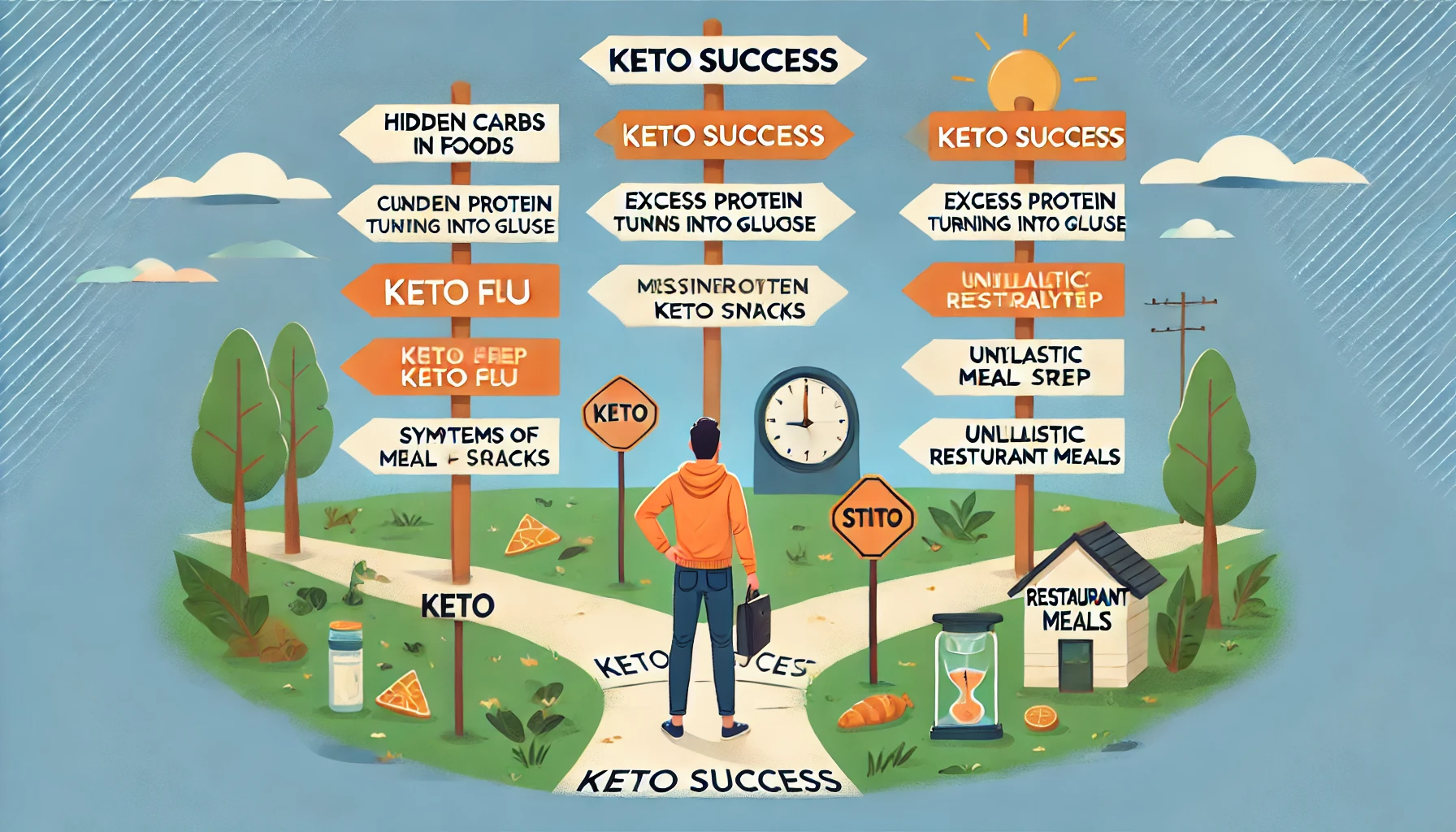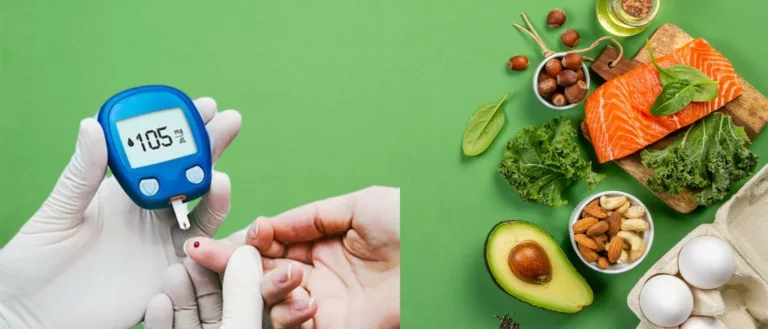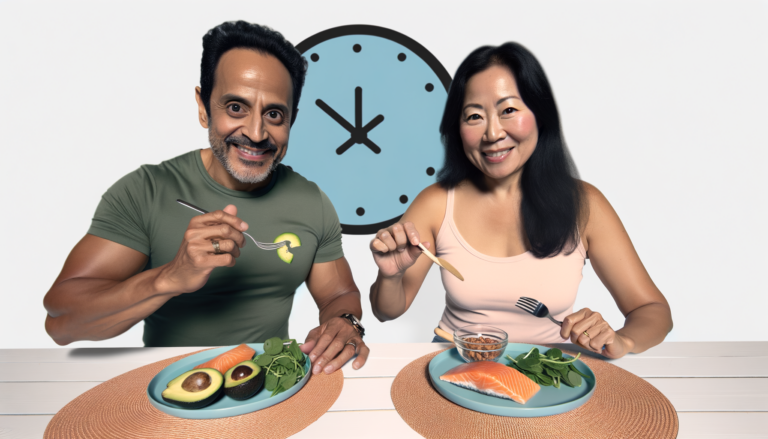The ketogenic (keto) diet has gained significant popularity for its potential to promote weight loss, improve mental clarity, and support blood sugar control. Despite its benefits, many people find it challenging to stick to keto and ultimately end up failing on the diet. This article delves into the nine most common reasons why people struggle with the keto diet and offers practical solutions to help you stay on track.
1. Eating Too Many Carbs
One of the primary goals of the keto diet is to keep carbohydrate intake low enough to enter and maintain a state of ketosis, where the body shifts to burning fat for fuel instead of carbs. However, even a few extra grams of carbs can disrupt this balance. Hidden carbs often sneak into the diet through unexpected sources like sauces, condiments, and processed foods labeled “low-carb.”
Solution: Track your carb intake diligently with a food diary or an app designed for keto, like Carb Manager or MyFitnessPal. Focus on whole foods and double-check nutrition labels to avoid hidden sugars and starches.
2. Not Tracking Macros
The keto diet relies on precise macronutrient (macro) distribution: typically around 70-75% fat, 20-25% protein, and 5-10% carbohydrates. It’s easy to misjudge your intake without tracking, especially when balancing fats and proteins. Consuming too much protein or too few fats can stall weight loss and prevent ketosis.
Solution: Determine your ideal macros based on your goals, weight, and activity level, and use a tracking app or journal to keep an accurate record of your intake. As you progress, adjust your macros periodically to match weight or activity level changes.
3. Underestimating Protein
While protein is essential for muscle maintenance and satiety, too much of it can cause gluconeogenesis, where the body converts protein into glucose. This can raise blood sugar levels and potentially interrupt ketosis. Some mistakenly believe they need to keep protein levels exceptionally low, but inadequate protein can lead to muscle loss.
Solution: Aim to consume moderate protein (about 1.2-1.7 grams per kilogram of body weight). Lean meats like chicken breast and low-fat cuts of beef are good choices, but be mindful not to exceed your target.
4. Starting Too Quickly
Jumping straight into the keto diet by drastically cutting carbs can trigger the “keto flu” – a set of symptoms including fatigue, nausea, headache, and irritability that occur as the body adjusts to ketosis. These side effects can be overwhelming and lead to quitting the diet early.
Solution: Ease into the keto lifestyle by gradually reducing carbs over a week or two. Starting with a low-carb diet before moving into keto may help the body transition more smoothly. Staying hydrated and managing electrolytes can also reduce keto flu symptoms.
5. Skipping Electrolytes
Electrolyte balance is critical in the keto diet. When carbs are restricted, the body excretes more water and electrolytes, especially sodium, potassium, and magnesium. An electrolyte imbalance can lead to symptoms like cramps, fatigue, and dizziness, making the diet feel unsustainable.
Solution: Supplement your diet with sodium (from pink salt or bone broth), potassium (from leafy greens), and magnesium (from nuts or a supplement). Drinking electrolyte-rich beverages can also help balance these minerals and improve energy levels.
6. Overeating “Keto-Friendly” Snacks
Keto-friendly snacks like fat bombs, cheese crisps, and nut butter are convenient and delicious, but they are also calorie-dense. While these snacks won’t directly interfere with ketosis, overeating them can lead to consuming more calories than needed, stalling weight loss or even causing weight gain.
Solution: Limit keto snacks to occasional treats rather than daily staples. Focus on nutrient-dense, low-carb whole foods like vegetables, meat, and healthy fats as the foundation of your diet. Tracking your daily calorie intake can also help you stay within your target range.
7. Inadequate Meal Planning
Without adequate meal planning, people often find themselves reaching for high-carb options out of convenience, especially when busy or eating out. Failing to plan ahead can make it harder to stick to keto, leading to unexpected carb intake or reliance on processed foods.
Solution: Set aside time each week to plan and prepare meals. Batch-cooking, prepping ingredients in advance, and keeping keto-friendly snacks on hand can help you make better food choices, even on busy days. For dining out, research menu options ahead of time or consider keto-friendly substitutions.
8. Unrealistic Weight Loss Expectations
Many people start the keto diet expecting rapid, significant weight loss. While it’s common to lose water weight in the first week, fat loss may be slower. Unrealistic expectations can lead to disappointment, causing people to abandon the diet prematurely.
Solution: Approach keto with realistic goals and a long-term mindset. While some experience quick results, sustainable fat loss often takes time. Monitor progress by taking body measurements or tracking how your clothes fit, rather than relying solely on the scale.
9. Not Preparing for Eating Out
Eating out can be challenging on the keto diet, as many restaurant foods contain hidden carbs and sugars. Without a plan, it’s easy to order a dish that inadvertently breaks ketosis, making it harder to stay on track.
Solution: When eating out, opt for dishes that are naturally low in carbs, like salads with olive oil, grilled meats, or vegetables. Avoid sauces and dressings that may contain sugar or starch. If you’re unsure, don’t hesitate to ask the server about ingredients or request modifications to your meal.
Final Thoughts
The keto diet can be highly effective when done correctly, but common pitfalls often cause people to struggle or give up. By understanding and addressing these nine common challenges, you can better navigate the keto lifestyle and improve your chances of success. The key is preparation, realistic expectations, and tracking your progress, all of which can make the keto diet a sustainable and enjoyable part of your life.




